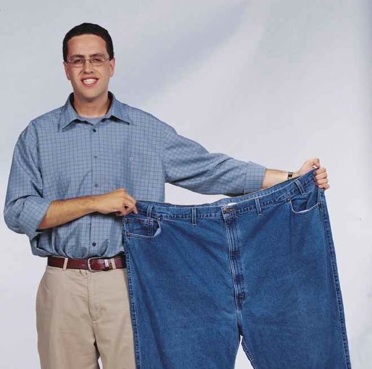Jawbone CEO Hosain Rahman just got off stage at TED Global where he announced the company’s first non-audio device, the UP. It’s a lot like the fitbit, measuring your sleep patterns, eating habits and activity to help people become healthier, but it’s designed to be more wearable, hip, waterproof and integrate more seamlessly into mobile devices and your overall social experience.
All that remains to be seen. But it’s safe to say the UP will have the clear benefits from Jawbone’s high-volume sophisticated supply chain and manufacturing processes, and its newly deepened pockets. I don’t even know where you buy a fitbit, other than on the company’s site, which requires some pretty detailed advance knowledge of the device.
It’s a bold departure from Jawbone’s traditional products, even the Jambox, which wasn’t a headset but still had to do with audio. Given the warchest of funding, it’s a safe bet that more dramatic new product lines are in store.
We grabbed Rahman just as he got off stage to talk a bit about the device. (We couldn’t get him to divulge anything when we talked to him earlier this week, lest he anger the gods of TED. I told him that was my forte, but he still wouldn’t budge. Oh well.)
TC: Tell us about the UP.
HR: I was looking at picture of myself from my first TED badge, and I look like a totally different person. I was healthy back then and now I’ve gained 60 pounds, because I travel so much and I get zero sleep. So this started out very personal, but then you look at the overall stats and they are crazy. 68% of Americans are overweight or obese and rest of the world is catching up. Diseases like diabetes, heart disease, and certain cancers killing more people than infectious diseases. Diabetes and heart disease along cost us $4.4 trillion, and it’s all preventable. We’d save 90% of that if we just ate well, slept longer and exercised.
TC: How is this different than other devices like the fitbit?
HR: We are good at making things, making them small and making them cool and we have the distribution and all of that. A lot of these guys have right approach and are trying to solve the right problem, but it’s hard. Scale and distribution is what’s so hard, not just building a great product which is already insanely hard. It also can’t be all about data, you have to connect to what people do with that data and make it social and make it fun.
TC: Is this more of people Tweeting out what they weigh? Because that’s annoying.
HR: To me that’s layer one. It’s a big question whether people even want to share this information on Twitter. Some people don’t want to share with the world but only four people. I may not want to see how all 34-year-olds function but 34-year-olds who also don’t sleep much and have to travel as much as I do, because they’re trying to solve the same problem.
TC: What does it say about where the company is going?
HR: It seems like a big departure, but once we start talking about the things it takes to make this whole category work, we get into things like making it tiny, having a long battery life, making it fashionable, making it waterproof, working with smart phones, having a rich, visual experience on your smart phone and making it social. This is all stuff we do anyway. It comes back around to the mission of your mobile lifestyle.
TC: One of your investors, Roelof Botha of Sequoia Capital, has said before that you can’t design consumer apps for the way people wish they could be, but the way they are. I think that’s why a lot of health-related sites fail. How is this different?
HR: I’m not going to answer that one. You try it and tell me.
TC: So I’ll actually get one? I never got a fitbit even though I asked a few times.
HR: I’ll hand deliver it.
TC: How soon will everyday people, not just pushy reporters, get one?
HR: Soon.
TC: You didn’t answer the question. I said *how* soon?
HR: This year. Soon.
TC: How much will it cost and where can they buy it?
HR: We’ll announce that soon too. (Insert TC groan.)
